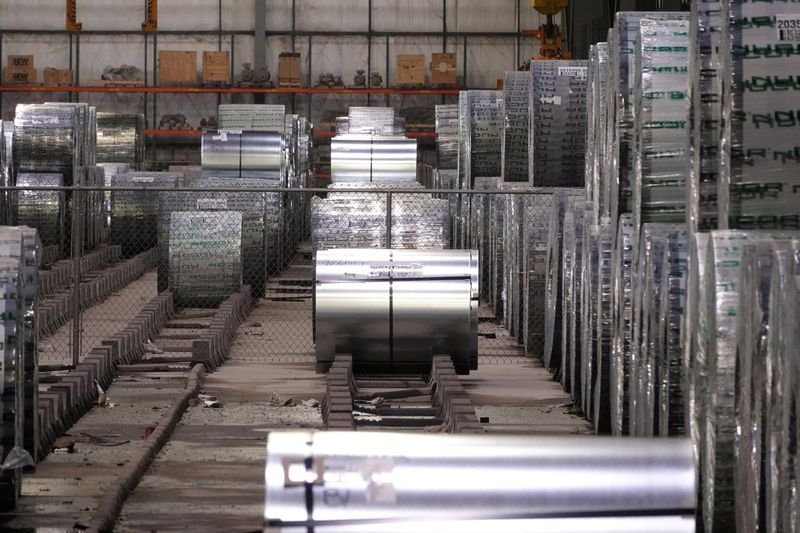Trump Signs Order Increasing Tariffs on Metals
In a significant development, former President Donald Trump is set to sign an executive order that will double the tariffs on imported metals. This move aims to further stimulate domestic production and reduce reliance on foreign sources. The decision has been met with varying opinions, reflecting the complex dynamics of the international trade environment.
Understanding the Tariffs
Tariffs are taxes imposed on imported goods, designed to encourage consumers to buy domestically produced items. By doubling the tariffs on metals, this order seeks to bolster American metal industries, which have faced stiff competition from overseas producers. The key metals affected will include steel and aluminum, two fundamental components in numerous manufacturing processes. The belief is that such measures will not only safeguard American jobs but also lead to a rejuvenation of the domestic market.
Economic Implications
Experts in international trade and economics are evaluating the potential ramifications of this tariff increase. Proponents argue that higher tariffs will level the playing field for American manufacturers, allowing them to compete more effectively against rivals in countries where production costs are significantly lower. However, critics caution that these tariffs could lead to higher prices for consumers and could provoke retaliatory actions from other nations, further complicating trade relationships.
Industry Reactions
The reaction from various sectors has been mixed. Steel and aluminum producers in the U.S. have generally welcomed the news, viewing it as an opportunity to improve profitability and expand production capabilities. On the other hand, industries that rely on imported metals, such as construction and automotive sectors, express concern over potential price hikes. Businesses fear that increased costs could lead to higher consumer prices and ultimately affect their competitiveness.
Retaliation Risks
There is also a looming possibility of retaliation from global partners. Many countries may respond by imposing their own tariffs on American goods, creating a tit-for-tat scenario that could harm both economies and disrupt global supply chains. Experts note that navigating these international relationships will be crucial in the coming months as the world watches how Trump’s administration handles the fallout from this decision.
Historical Context
Historically, measures like these have been implemented during periods of economic uncertainty. Past administrations have used tariffs as a strategic tool to protect domestic industries and jobs. However, the effectiveness of such strategies is hotly debated among economists, with some citing short-term benefits while others highlight long-term consequences that could stifle global trade.
Future Prospects
Looking ahead, stakeholders will be closely monitoring the effects of the increased tariffs on the U.S. economy and global trade dynamics. It will be interesting to see how the market responds and whether the anticipated boost to domestic production materializes. Companies may need to adapt their strategies accordingly, either by shifting to U.S.-made materials or seeking alternative suppliers in the face of rising costs.
By focusing on strengthening domestic industries, the administration hopes to create a more self-sufficient economic landscape, thereby increasing resilience against global market fluctuations. As the situation develops, it will be essential for businesses and consumers alike to stay informed and proactive in addressing the implications of this tariff increase.
Conclusion
This executive order marks a pivotal moment in the ongoing discussion about trade policies in the United States. While the aim is to enhance the domestic manufacturing sector, the broader impact on consumers and international relations remains to be seen. As reactions unfold and the global market adjusts, the effectiveness and longevity of these tariffs will become clearer.
The world watches closely as the U.S. navigates these new waters, balancing the need for domestic growth with the complexities of international trade. The coming months will reveal much about the future of the American metals industry and its role in the global economy.
